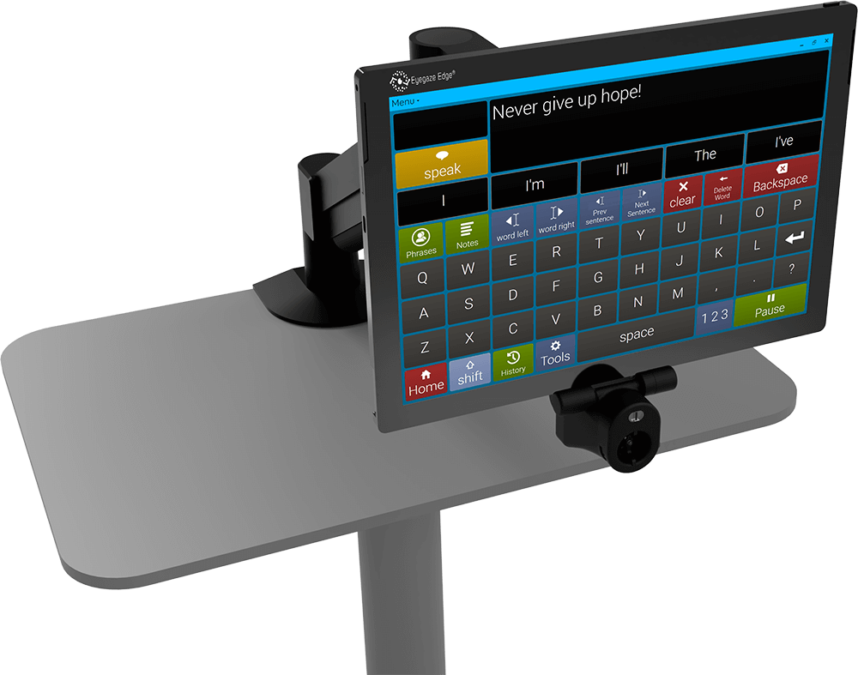Eye tracking technology makes the news often these days, in stories ranging from consumer device launches to medical diagnostic research to assistive technologies.
However, few people take the time to explore the science behind this technology that is improving lives every day. For example, did you know?
- The human brain has evolved a sophisticated strategy for pointing our eyes toward the most information-rich objects available.
Our brains rely on our vision system to gather current information about the environment, yet our eyes can only look at one place at a time. So, our brains move our eyes to the most important areas in our environment from moment to moment.
- Eye tracking technology offers a peek into this process firsthand because it allows researchers to observe where our brains choose to look.
Eye tracking devices may not be able to explain why our brain chooses to look at specific things, but they do measure and record the sequence of visual pointing decisions the brain makes. This data allows us to make inferences about what is visually important to our underlying cognitive processes.
- Many eye tracking devices are based on video cameras that produce high-resolution images of our irises, pupils, and scleras.
These devices work by illuminating the eyes with light emitting diodes (LEDs) that produce reflections off the corneal surfaces to provide critical geometric information about the orientation of the eyeball.
-
- An essential part of an eye tracker is the image processing function that identifies the eyes within the images, measures the geometric features of the eye elements, and computes the spatial positions and orientations of the eyes.
- Eye trackers then project the spatial locations of the eye’s gaze points.
For example, if a person is looking at a computer screen, the gaze point may be expressed in x,y screen coordinates.
To learn more about the types of eye tracking devices available from Eyegaze, Inc., please explore our products pages here.

